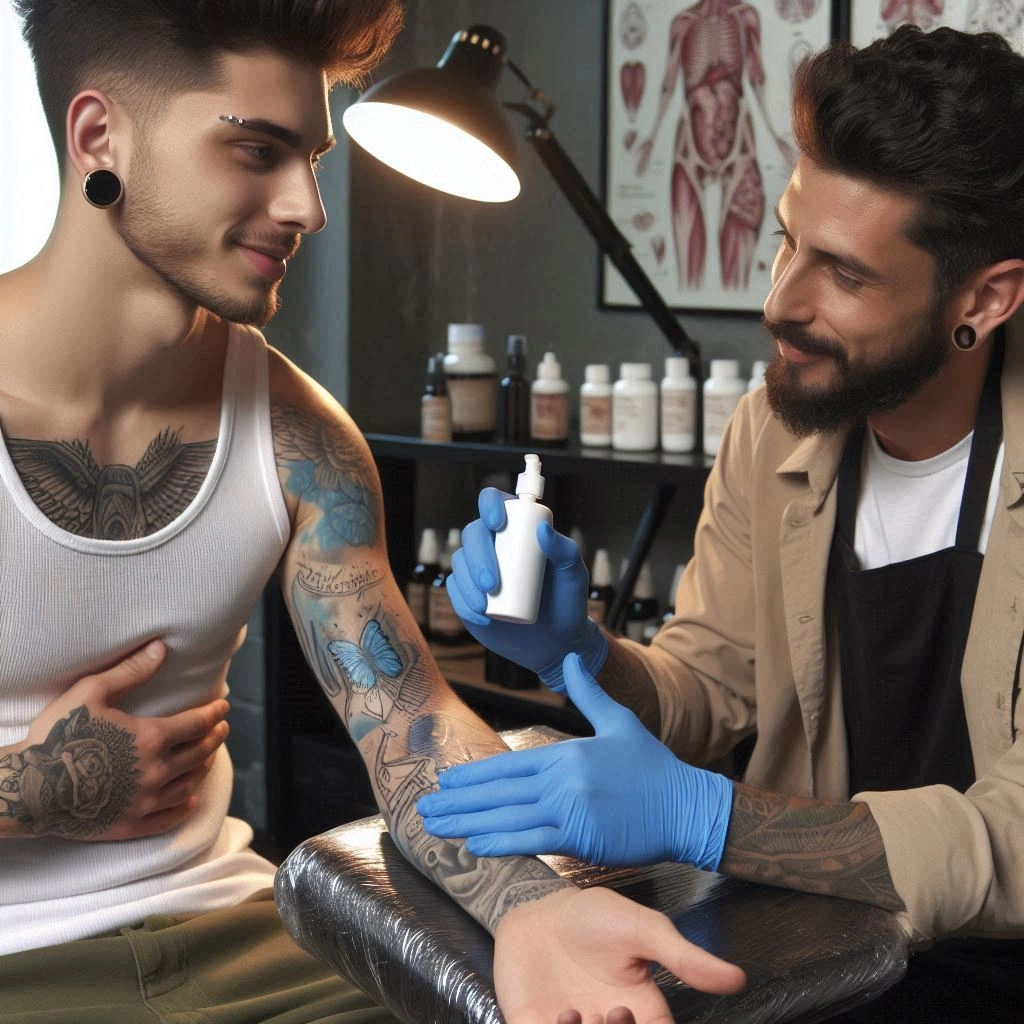Tattoos may be a means of self-expression, but if you are like the majority of people, the idea of pain of being tattooed may make you think twice. Will numbing cream ease and eliminate your pain of getting tattooed? We shall explore in this guide the best numbing creams for tattoos that actually work and how they make your tattooing experience less stressful and less painful.
What are tattoo numbing creams and how do they work?
Tattoo numbing creams are anesthetics that reduce pain and discomfort during tattooing. Tattoo numbing creams have active ingredients such as lidocaine, which temporarily numb the skin and block pain signals to the brain. The creams are applied on the skin prior to the tattooing process so the artist can work without the client feeling much pain.

Why Do People Use Numbing Creams for Tattoos?
Tattoos are an enjoyable way of being artistic for some, but the pain involved is a turn-off. Some people do not have pain tolerance, and others just do not like tolerating pain as much as possible. Applying a numbing cream may make the process of getting tattooed more tolerable, less painful to tolerate, and ultimately more enjoyable. It’s also great for bigger tattoos or body parts that are considered more painful to endure, like the ribs, spine, or elbows.
What are the main ingredients in Numbing Creams?
The active ingredients of numbing creams are essentially what render them pain-reducing. The most prevalent ingredient is lidocaine, a local anesthetic that inhibits nerve impulses in the skin, lowering the perception of pain. Other ingredients such as prilocaine or benzocaine are also found in some numbing creams and aid in the numbing effect. It is significant to be aware of these ingredients when selecting the appropriate numbing cream for your tattoo.
How Do You Use Numbing Cream for Optimal Effectiveness?
You must use numbing cream properly to get the best results. Here is a step-by-step guide on how to do so:
- Clean the Area: First, wash the area where the tattoo will be placed. This removes dirt, oils, and sweat that may interfere with the numbing cream.
- Apply Generously: Use a generous amount of the numbing cream over the entire area to be tattooed. Make sure it is applied evenly.
- Wrap with Plastic: Wrap the area with plastic wrap after the cream has been applied. This prevents the cream from being lost and enables it to penetrate deeper into your skin.
- Wait: Let the cream remain on for the advised duration, typically 30 minutes to an hour, according to the product instructions.
- Take Off Before the Tattooing Process: Remove the plastic wrap a short while before the tattoo process starts and remove any excess cream.
What Are the Best Numbing Creams for Tattoo Sessions?
Which is the best numbing cream for your tattoo? There are many different numbing creams, but some are safer, stronger, and more effective than others. Some of the strongest numbing tattoo creams are:
- Dr. Numb: Dr. Numb is a much-used numbing cream by tattoo artists. It includes 5% lidocaine, which provides long-lasting relief. It is simple to use and has a good success record.
- Numb Master: Another group favorite, Numb Master has 5% lidocaine and is known for its quick-acting formula. Professional tattoo artists and clients alike use it to have a pain-free experience.
- Zensa Tattoo Numbing Cream: Zensa’s cream is known for its gentle yet effective formula. It is not just filled with numbing agents but also Vitamin E, which makes it skin-friendly while providing effective numbing action.
- Emla Cream: While commonly applied in medical procedures, Emla is also highly sought after in the tattooing industry. It is a mixture of lidocaine and prilocaine and is best suited for sensitive skin.
How Long Does Numbing Cream Last During Tattoo Sessions?
How long do you want numbing effects to last when you visit for a tattoo session? Most of the anesthetizing creams work for a few hours to a whole day, depending on the composition of the cream and how thickly you use it. For the average person, the anesthetic will last long enough for a small to a medium-sized tattoo. If you are having a bigger or more detailed design, you might have to reapply the cream. It’s good to discuss with your tattoo artist how long the numbing cream will last so that you can stay comfortable during the procedure.
Are There Any Risks or Side Effects to Using Numbing Creams?
Is it okay to use numbing cream on tattoos? While numbing creams are safe to use if followed as directed, there are certain risks to know. Some individuals might have skin irritation, redness, or allergic reactions to some ingredients, particularly if they have sensitive skin. It is always best to patch test on a small skin area prior to applying a numbing cream to your entire tattooed area. Always heed the manufacturer’s advice and never overuse, as this may cause side effects like skin numbness in regions outside the tattoo area.